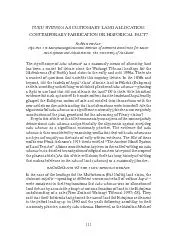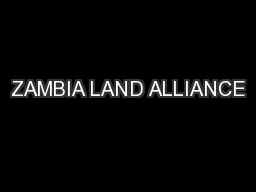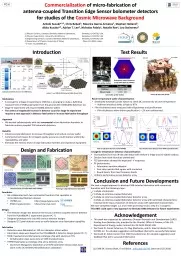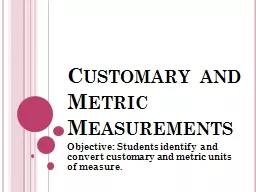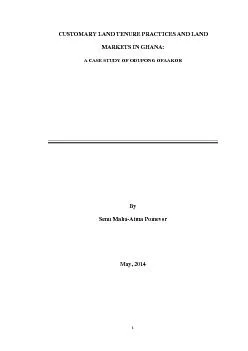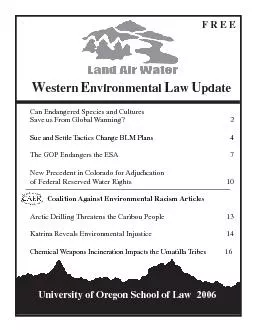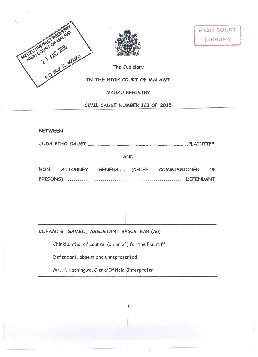PDF-AS CUSTOMARY LAND ALLOCATION: CONTEMPORARY FABRICATION OR HISTORICAL F
Author : garcia | Published Date : 2020-11-23
Tuku Whenua as Customary Land AllocationBelgrave has highlighted there was division of opinion among the academics at the hearings about the evidence for tuku whenua
Presentation Embed Code
Download Presentation
Download Presentation The PPT/PDF document "AS CUSTOMARY LAND ALLOCATION: CONTEMPORA..." is the property of its rightful owner. Permission is granted to download and print the materials on this website for personal, non-commercial use only, and to display it on your personal computer provided you do not modify the materials and that you retain all copyright notices contained in the materials. By downloading content from our website, you accept the terms of this agreement.
AS CUSTOMARY LAND ALLOCATION: CONTEMPORARY FABRICATION OR HISTORICAL F: Transcript
Download Rules Of Document
"AS CUSTOMARY LAND ALLOCATION: CONTEMPORARY FABRICATION OR HISTORICAL F"The content belongs to its owner. You may download and print it for personal use, without modification, and keep all copyright notices. By downloading, you agree to these terms.
Related Documents

